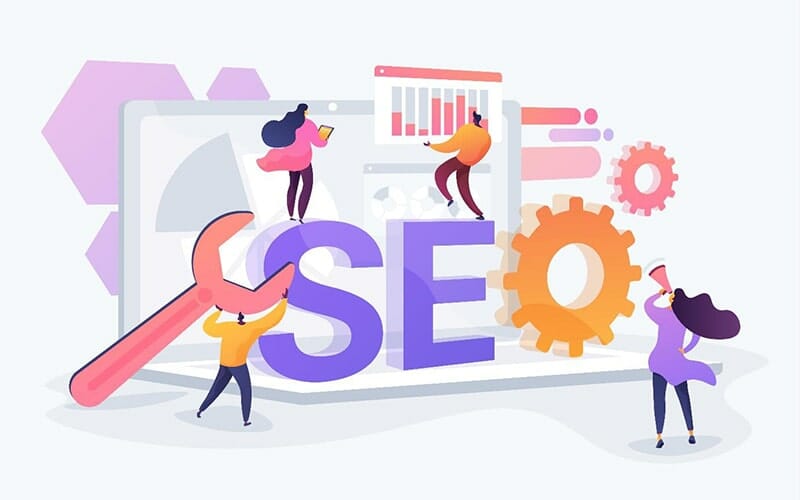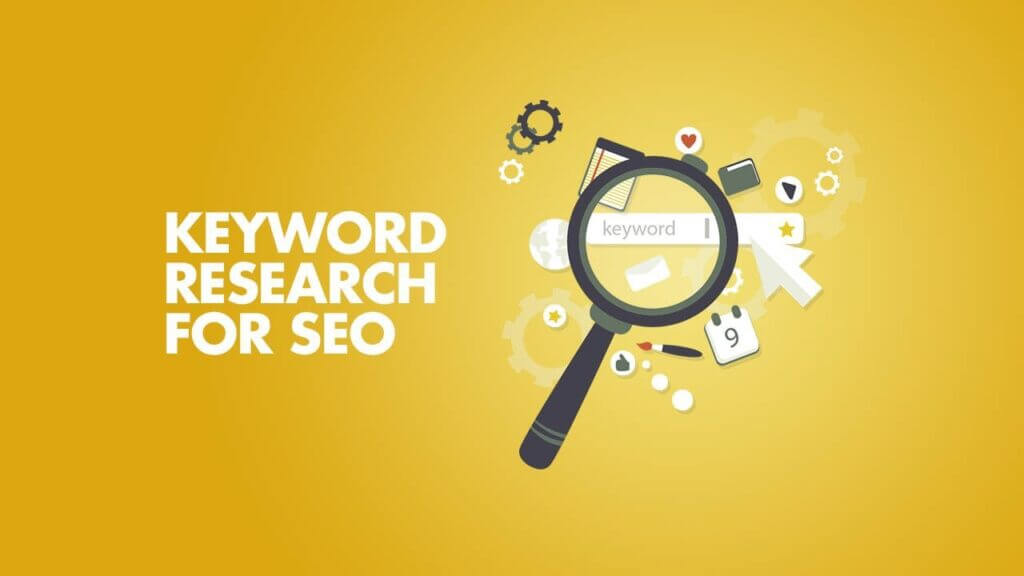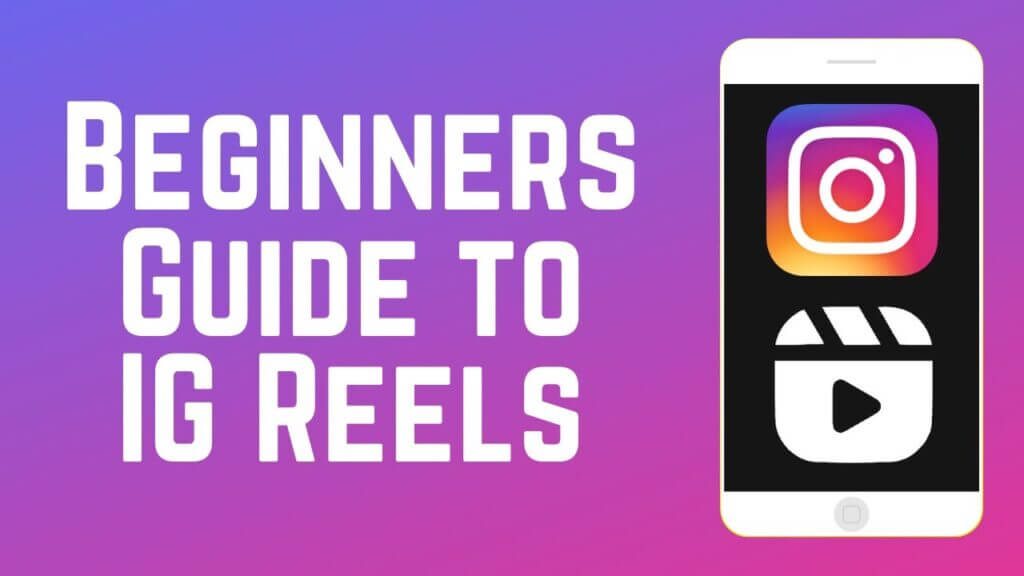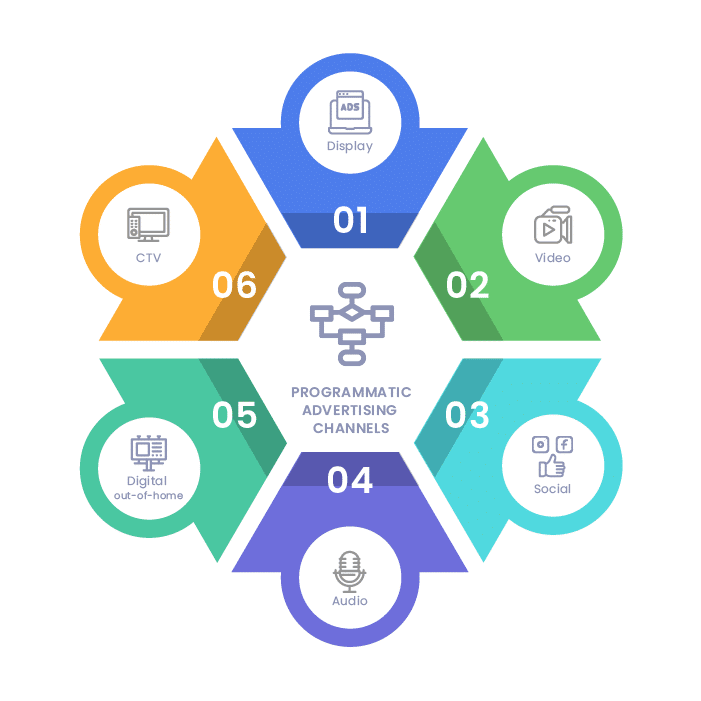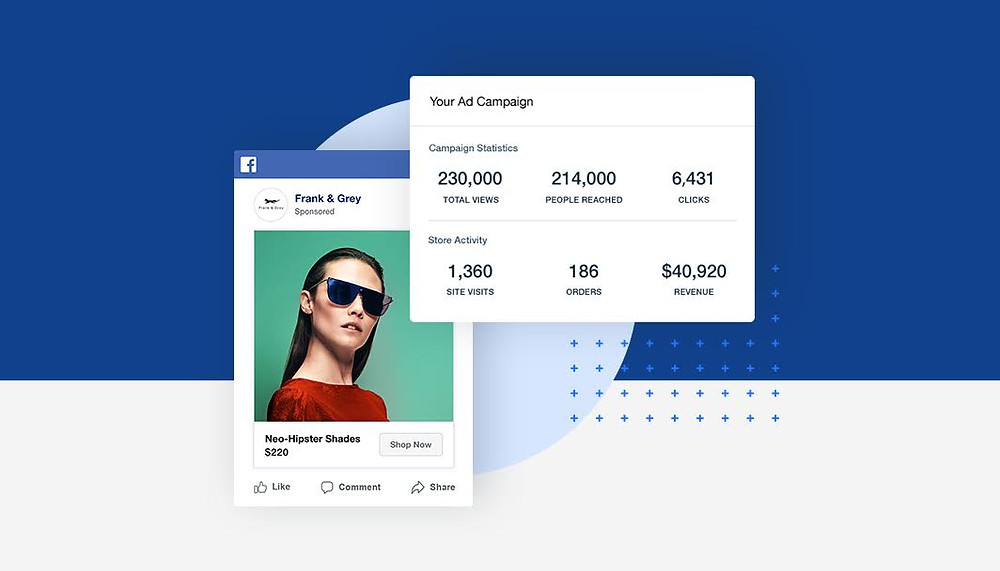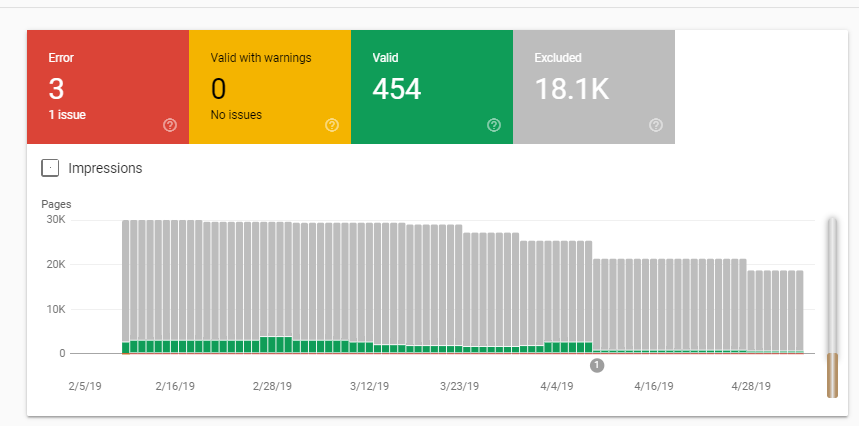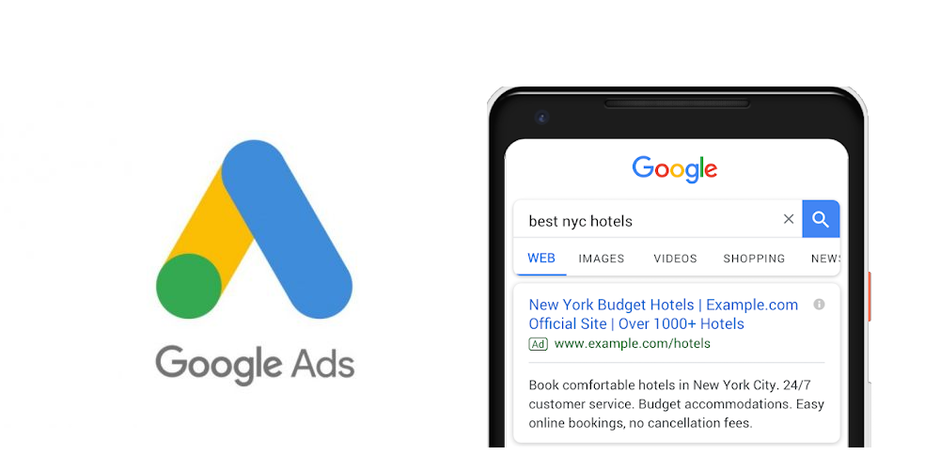You’ve probably heard the chatter across the internet that Google is making pretty significant changes to how it ranks its searches as of May. For about a year, we’ve seen the company invest a lot of time and energy into creating useful tools, how-tos, and resources surrounding the concept of Core Web Vitals — it’s safe to say that these will play a significant role in any SEO. But what exactly are Core Web Vitals, and how can you use them to rise through the rankings toward that number one spot on Google? Here’s everything you need to know.
What are Core Web Vitals?
Google is moving more and more towards recommending results that match the user’s needs and intent. The transition to using Core Web Vitals as key metrics only makes sense, as these are about measuring the user experience.
Google explains Core Web Vitals as follows:
Core Web Vitals is a set of real-world, user-centered metrics that quantify key aspects of the user experience. They measure dimensions of web usability such as load time, interactivity, and the stability of content as it loads (so you don’t accidentally tap that button when it shifts under your finger – how annoying!).
Your Core Web Vitals will be part of on-page ranking factors, which focus on mobile-friendliness, HTTPS security, safe browsing, and intrusive interstitials. A quick refresher:
- Mobile-friendliness refers to how well a website runs on mobile: do you need to zoom in to read text? Is the layout designed for a smaller screen? This is crucial as Google now ranks your site’s mobile version first. You can use Google’s mobile-friendly test to see where your website stands.
- HTTPS security gives your users peace of mind that your connection is secure. This gives you more credibility and encourages users to visit (and stay). Look for the lock icon in the address bar to see if your website is secure.
- Safe browsing is the absence of malicious or deceptive content (e.g., social engineering). The Security Issues report in your Google Search Console will inform you of any issues.
- A lack of intrusive interstitials means the content is easily accessible to users, who can find the information they initially searched for. This can be tricky to navigate, but this interview with Google’s John Mueller is a good place to start.
By now, you probably have these down pat, so today, we’ll look at the three key metrics that make up your Core Web Vitals: Largest Contentful Paint, First Input Delay, and Cumulative Layout Shift. All these can be found by going to ‘Enhancements’ in your Google Search Console account.
Free SEO Audit
- Scans for major ranking factors
- Suggestions to improve your rankings
- The report will also be emailed to you
- Your information will not be sold to third parties
Report Shows why your website is still behind your competition on Google
Largest Contentful Paint (LCP)
This isn’t the first time Google has integrated some sort of metric to measure how long it takes for the leading web content to be visible to users. In the past, developers recommended using tools such as First Meaningful Paint (FMP), which captures when the primary page content is available, and Speed Index (SI), which shows how quickly the contents of a page are populated for users. However, these metrics are not without their problems and often fail to represent the experience of the people who visit your site.
LCP, on the other hand, is designed to be a more straightforward and accurate way to measure how fast content loads. This metric focuses on how quickly the largest image or text block within the viewport loads and better reflects how people view your site.
Google Developers suggest that to ensure your users have the best experience, your site should aim for an LCP of 2.5 seconds or less.
A number of things can cause poor LCP:
- If the browser is slow to receive content from the server, it can be slow to render any content on the screen.
- It may take some time to load if your page has many high-res images or features.
- It will pause if your website utilizes render-blocking resources such as synchronous JavaScript tags and stylesheets.
- A large JavaScript bundle can delay loading if your website is built to render content in the client’s browser rather than on the server. This means no content will appear on the page until all the script is downloaded and executed.
First Input Delay (FID)
When you interact with a site, you want it to be responsive. After all, a user doesn’t have time to wait around if your website doesn’t work or takes time to complete a task.
The FID records how long it takes for your site to respond to a user’s first interaction. When they click a link, how does it go to the next page? If they press a button, does it react instantly, or are users forced to wait and wonder if they need to push it again? The FID begins from the moment they first interact to the second when the browser responds.
According to Google Developers, a fast FID is less than 100 ms.
Unlike the other Core Web Vitals, there is usually one main culprit that can derail your FID: heavy JavaScript execution. While the site works through the scripts, it cannot respond to the user’s input. You can do several things to optimize your FID, such as breaking up longer tasks to minimize periods where the UI will be unresponsive or minimizing third-party code (scripts, tags, etc.).
Cumulative Layout Shift (CLS)
Ever been reading something on a website, and the content just… jumps?
It’s incredibly frustrating for your users and can interrupt their purchasing journey. One ill-timed layout shift can mean the difference between getting that customer and sending them packing to your competitors.
This is where CLS comes in. By looking at the total of all the individual layout shift scores for every unexpected shift, this metric determines the stability of your page. A good CLS score is less than 0.1, while anything higher than 0.25 is poor.
There are many reasons you may have poor CLS:
- If your images/videos don’t have width and height attributes, they may cause a shift when they fully load.
- Ads, embeds, and iframes are often dynamic in size, meaning they can lead to an unexpected layout change.
- Specific fonts that need to be downloaded/rendered may be substituted or make the text invisible.
- Dynamic content (pop-ups, banners, forms, etc.) can appear as the webpage loads and interfere with the layout.
How does this affect my business and SEO strategy?
Put simply, websites that don’t meet Google’s Core Web Vitals will see a drop in the rankings. These metrics will be an essential factor in how the search engine evaluates your site and will be a prerequisite to appear in Google’s Top Stories, which appear at the top of the results.
It isn’t all doom and gloom; overhauls like these are the perfect opportunity to gain a competitive advantage. If you’re prepared and can take the new guidelines on board, you can quickly adapt to the new system and beat out competitors who have been slow on the uptake. As Google says, these metrics aren’t the only factor for ranking; however, if pages have similar content, the ones that also provide a quality user experience will be prioritized. This is where you want to be.
You’ll need to renew your focus on the structure and function of your site. This doesn’t mean you can slack on the content side of things; instead, Google considers what populates your web pages and how well they run. You’ll need to nail both in order to reach your customers.
Remember: Core Web Vitals are all about user experience. Focus on how your users use your site and how you can improve, and you’ll be golden!
[/bt_bb_text][bt_bb_text]
Do I need to pay attention to Core Web Vitals? Doesn’t Google change its algorithm all the time?
Well, you’re not wrong on that account. With all the changes Google makes in a single year, you’d be within your right to think this is just the latest in a long line of algorithm adjustments.
That being said, considering the amount of forewarning we’ve been given and the effort Google has put into the rollout of these new metrics, it’s safe to say that this will be one of the most critical updates in recent years.
It’s better to prepare than wait and see and slip down the rankings. After all, a proactive approach to your SEO services Adelaide is always better than a reactive one.
Making sure your Core Web Vitals are up to scratch isn’t a quick job. It takes time to ensure that your website’s back end is optimized. Start now, and you’ll be in a perfect position to take advantage of the changes in May!
Do you meet Google’s Core Web Vital requirements? If not, now’s the time to focus on improving the health of your website. Get in touch with our SEO experts today to find out more!





